Centuries of Ottoman Influence in the Western Balkans
The Ottoman Empire ruled large parts of the Balkans for centuries. Not everywhere the same, though – some regions were under their control for hundreds of years, others only saw raids or short occupations. That uneven past left behind very different marks. You can still see them today in food, language, religion, and the look of old towns.

Serbia
The Ottomans took Serbia in 1459 and stayed almost 370 years. That’s long enough to leave scars and habits. Words from Turkish slipped into Serbian. Towns got mosques, hammams, and bazaars. The kitchen changed too – ćevapi, baklava, and thick coffee stuck around.
Religion held on stronger. Most Serbs stayed Orthodox, but in places like Sandžak, some people converted to Islam. That mix is still there.
Bosnia and Herzegovina
Bosnia was Ottoman even longer – more than four centuries (from 1463 to 1878). It shaped the country in a deep way. Many locals converted to Islam, and the mix of faiths remains today: mosques, Catholic churches, and Orthodox monasteries all stand near each other.
You can see the blend in other things too. Ottoman bridges like the one in Mostar, or sevdah songs that carry both Balkan and Eastern sounds.
Kosovo
Kosovo stayed under Ottoman control nearly five hundred years (from the mid-15th century until the early 20th century). Everyday life changed with it. Mosques and schools rose up, bazaars filled the towns, and food picked up Ottoman taste. Dishes like flija and pide are still cooked today, and coffee is served strong and thick, the old way.
Slovenia and the North
Slovenia’s story is different. The Ottomans raided here and there, but they never stayed. Its history followed Central Europe more than Istanbul, shaped by Habsburgs instead of sultans.
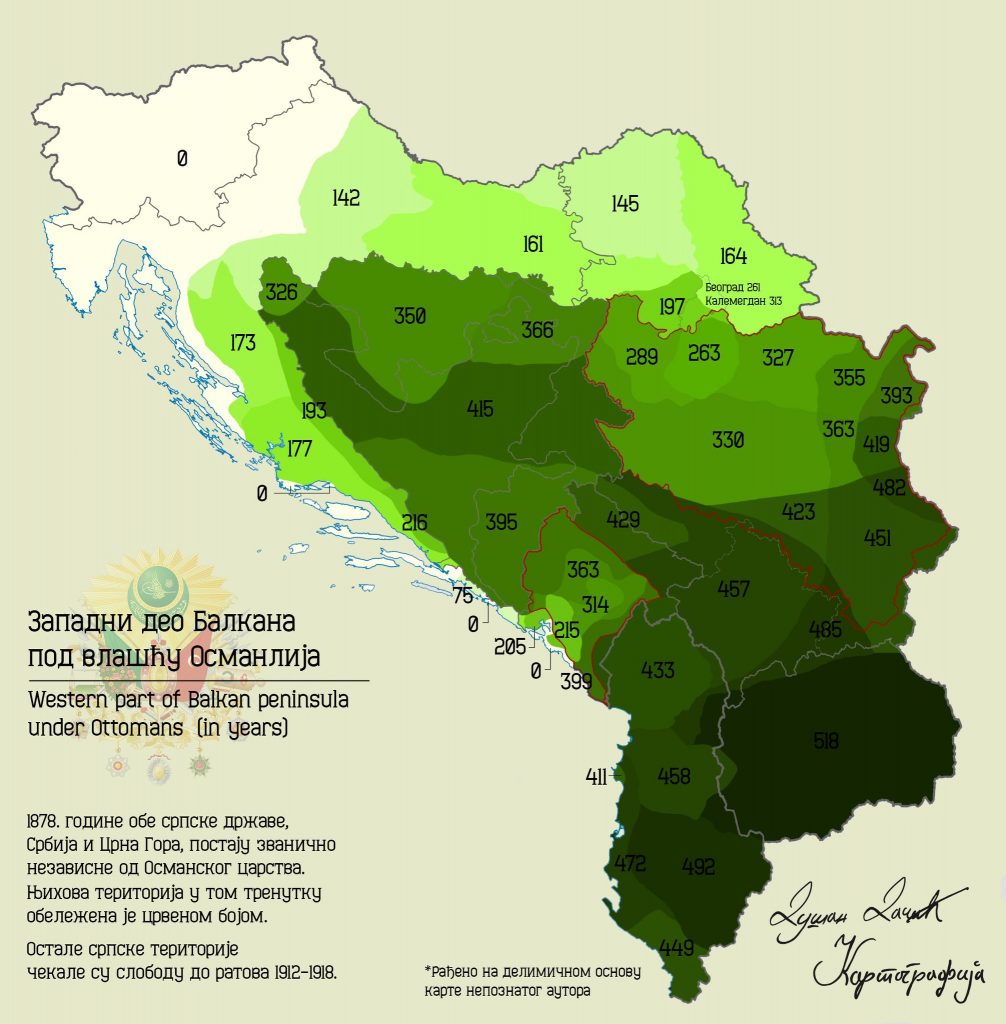
What Stays With Us
Walk Sarajevo’s Baščaršija bazaar, cross the bridge at Mostar, or sit down for coffee in Novi Pazar – it’s not hard to spot the Ottoman centuries. Turkish words are still in the local languages. Food carries Ottoman flavors. And the religious map of the Balkans – where Muslim communities remain strongest – still reflects those long centuries of empire.


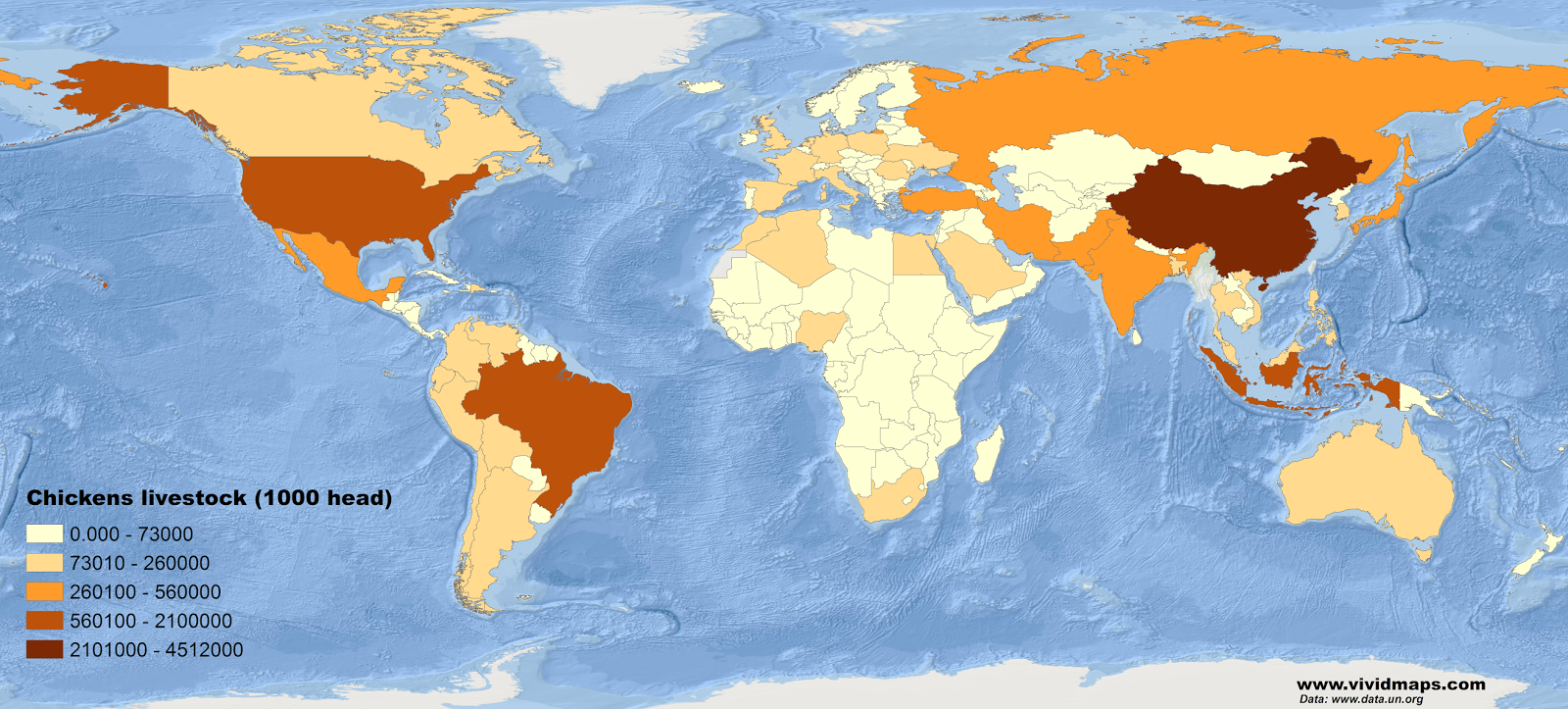

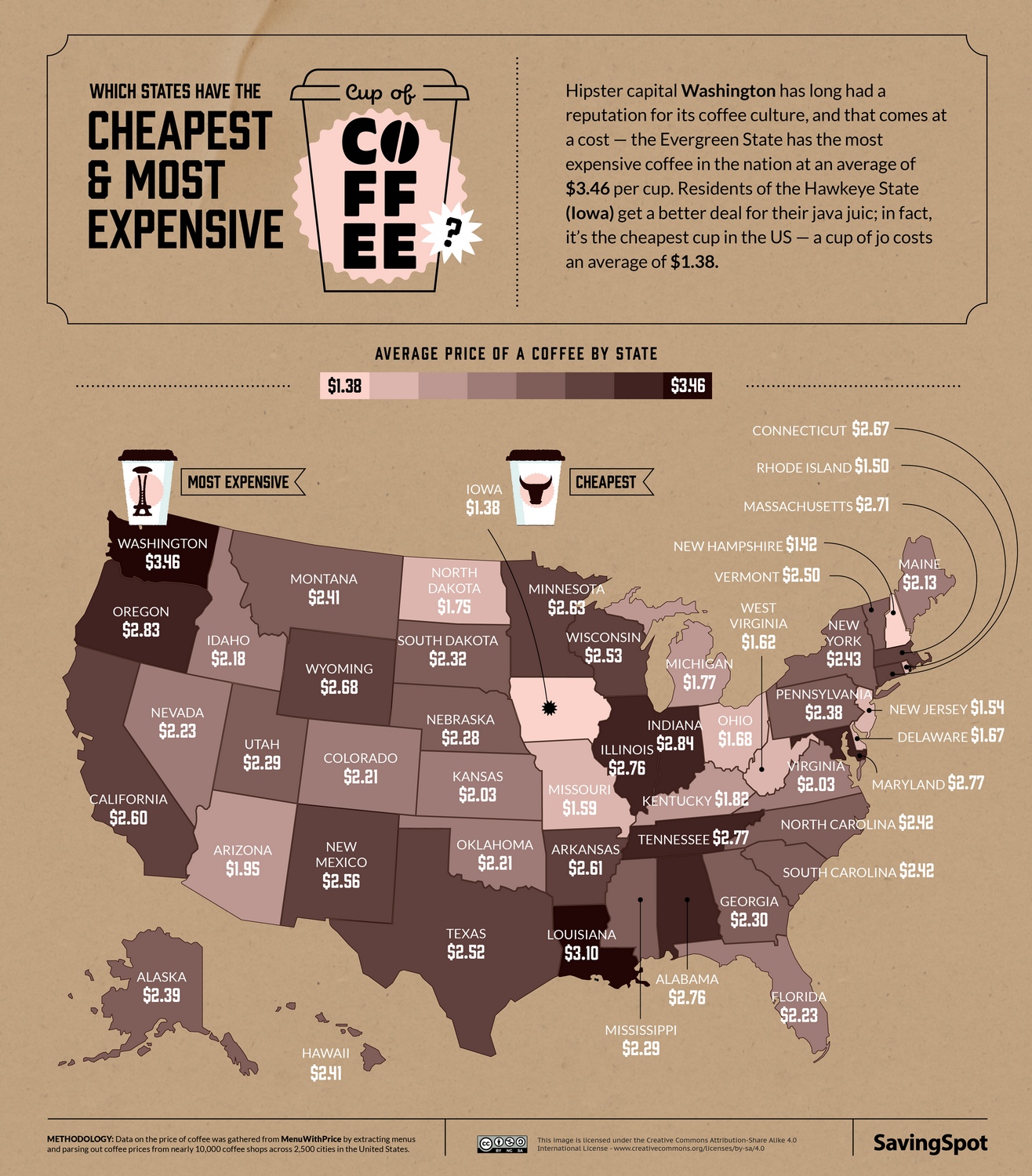


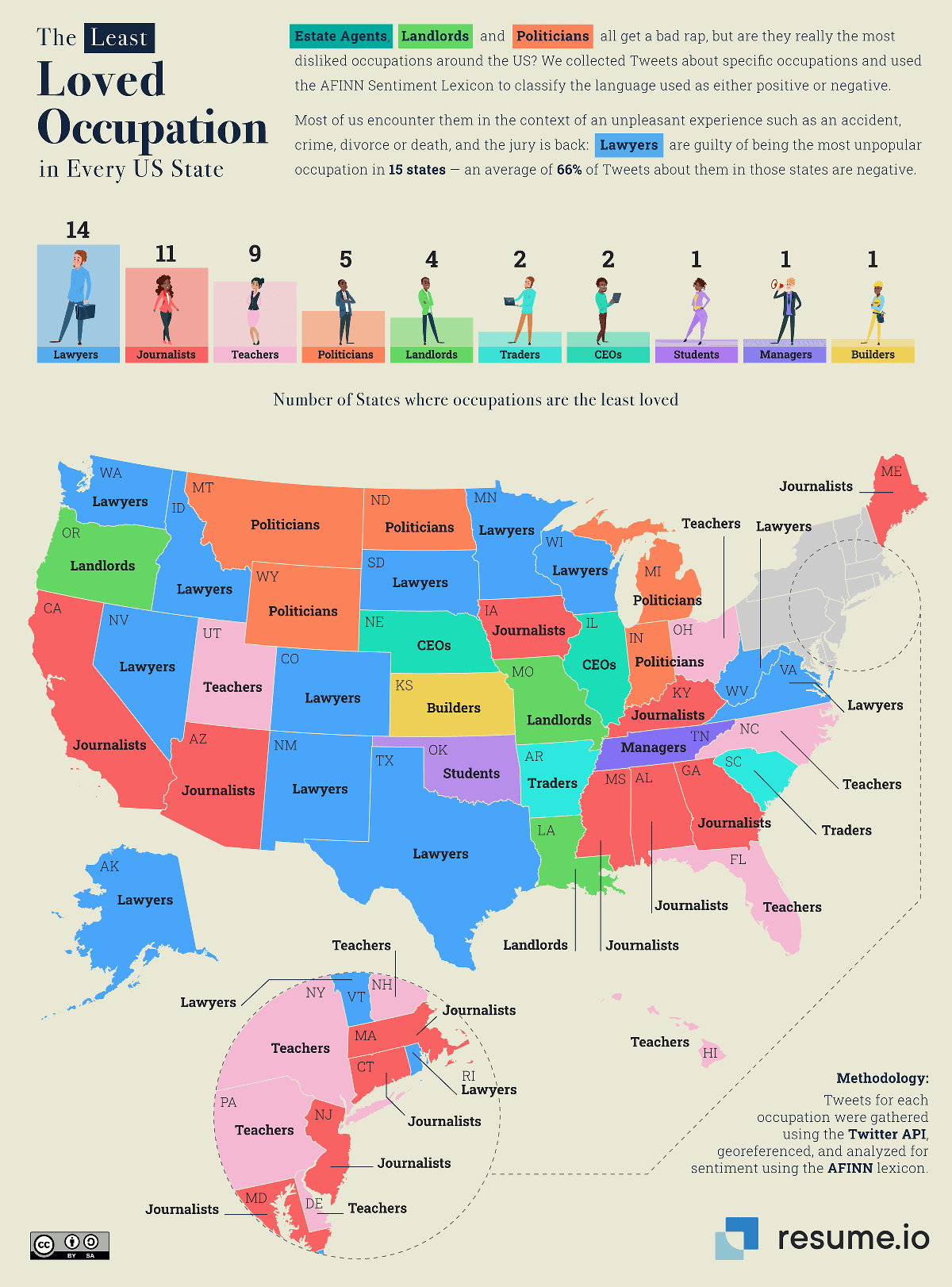
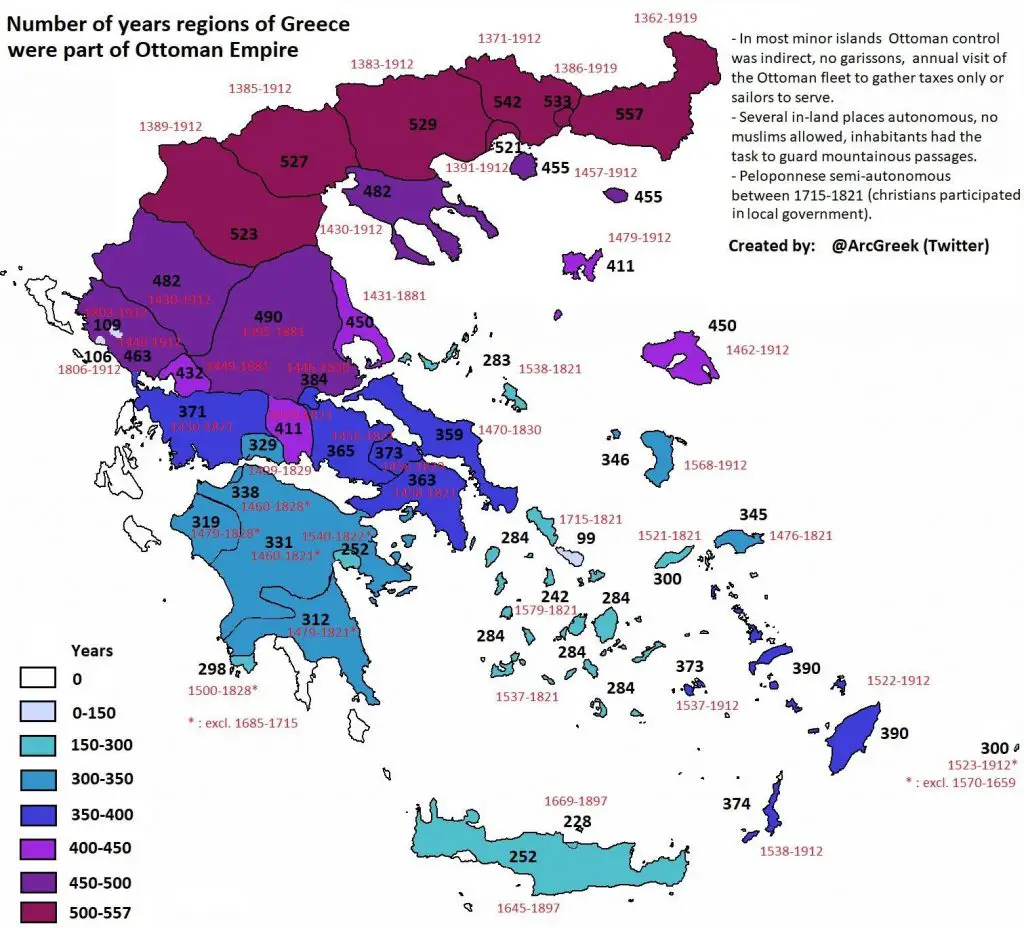

Useful map with lots of info. Where did you find the data to plot this?